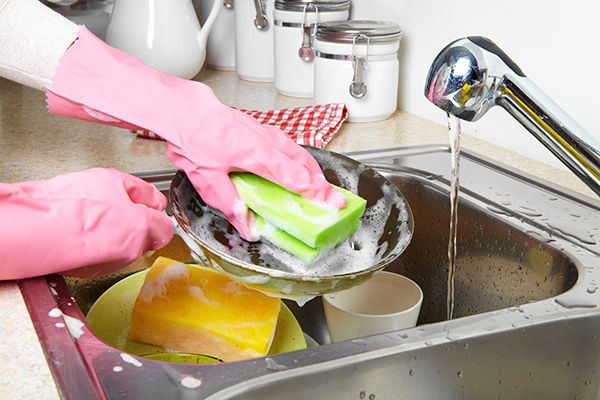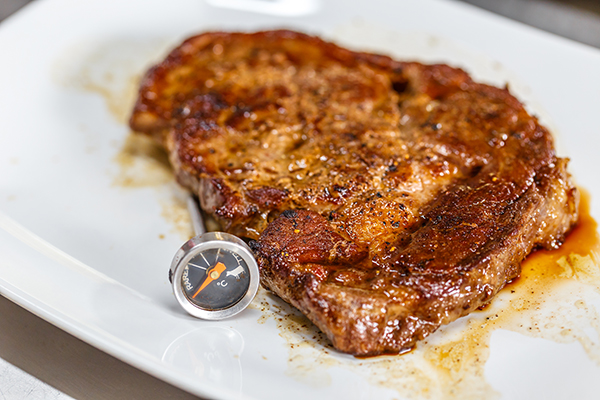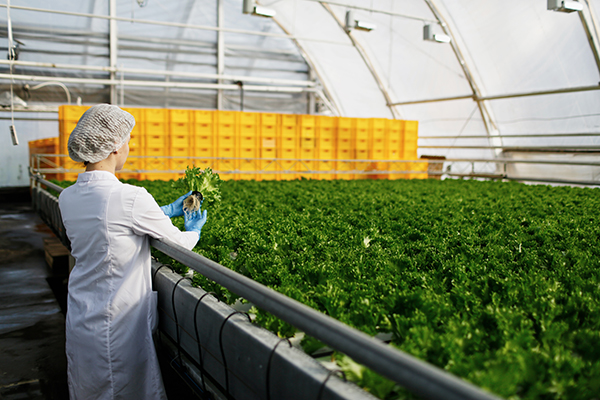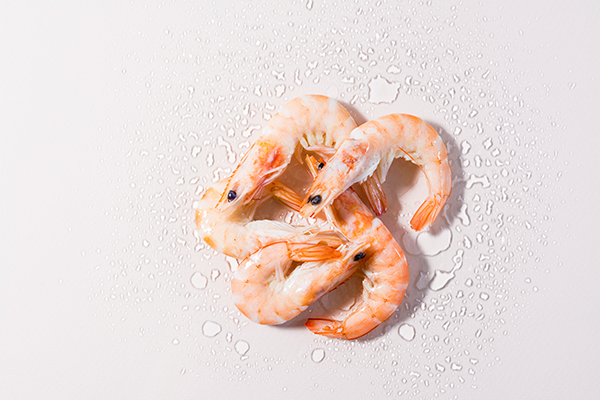Cooling Food in Your Operation: Best Practices
Earlier in the month, I talked a bit about safely thawing food and, in my discussion, I mentioned that thawing and cooling were both problematic practices in the industry that can lead to a foodborne illness outbreak if not done properly. So, I thought I might talk briefly about cooling food. I know we have talked about it previously in our blogs, but it is a very important topic and thus warrants a quick review.
When I started in the industry, I remember the lead prep cook giving me an overview of how “we” safely cooled food at the restaurant. For example, when we took the soup out of the steam jacketed kettle, we would divide it into multiple 2-gallon square storage containers and let it sit on the counter for an hour or two to start the initial cooling. I was instructed we didn’t want to warm up the walk-in cooler too much by placing that hot soup in the cooler immediately. Then, we put in in the cooler, sometimes covered, sometimes not. It all depended on when the morning cooks were leaving that day. If we had a few hours and could cover them up before leaving, we would leave the lid on askew and close before leaving. If we were on our way out the door, the lid was placed tightly on the soup. Looking back with 20/20 vision, it is amazing how far we, as an industry, have come in our knowledge of food safety. Those practices with today’s vision seem archaic, but it was the early-90s and we were nowhere near as advanced and knowledgeable about proper food safety practices as we are now.
When food is cooked, it reaches temperatures that kill most bacteria and pathogens. However, when hot food is left at room temperature for too long, bacteria can begin to grow again. This is the case when we are cooling food – when food must pass through the ol’ Temperature Danger Zone between 41°F and 135°F. Bacteria multiply rapidly in this range, which can result in food becoming unsafe. When cooling, our goal is to pass the food through this zone as quickly as possible.
…when hot food is left in the ol’ Temperature Danger Zone, bacteria multiply rapidly. When cooling, our goal is to pass the food through this zone as quickly as possible.
In the food code, the Food and Drug Administration (FDA) defines proper cooling with time and hour benchmarks. They note that hot food should be cooled from 135°F to 70°F within two hours, and then below 41°F within a total of six hours.
These benchmarks are easy to achieve if you use a blast chiller. But not everyone has the resources to purchase one. Thus, here are some best practice recommendations for cooling food:
Cool Food in Small Portions and Use Shallow Containers
Large pots of soup or stew take longer to cool down than smaller containers of food. Our method of cooling two gallons of soup at the restaurant, I now know was never going to cool in the recommended time. To ensure that food cools down quickly, divide it into smaller portions – one gallon or less. Or pour large pots of liquid food into shallow pans or containers. This allows heat to escape faster and cools the food more evenly.
Use Ice Baths for Fast Cooling
For foods like soup, stew, or sauce, you can use an ice bath to rapidly cool the food down. Fill a larger container with ice and water, then place the food container into the ice bath. Stir the food occasionally to speed up the cooling process and keep the food safe. It is important to remember that this is an active cooling process and that the ice must be replaced as it melts and the food must be stirred. If you let the ice bath warm to the temperature as the product cools, you are simply creating more product to cool below 41°F.
Another option is to use ice wands, such as a the Rapi-Kool Cold Paddle, to quickly cool food. But, again, it is important to remember that this is an active cooling process. We’ve done studies where we’ve utilized the ice wand in the middle of a three-gallon pot of chili and once that ice wand melted and warmed to the temperature of the surrounding liquid, it extended the cooling time dramatically, taking 26 total hours to cool the product below 41°F. Active cooling is key if you plan to use it.
Last, but not least, use a thermometer to make sure food has cooled down to a safe temperature. Test your methods and make sure your cooling process works well for your foodservice system. What works for some may not work for all due to the differences in refrigeration units. Risk Nothing.
READ MORE POSTS
Properly Cleaning and Sanitizing: The Right Chemical Mix to Maintain Ultimate Effectiveness
A few weeks ago, my family and I had the pleasure of setting sail on a cruise vacation. It is truly one of the only ways that I find that I am able to unplug from work and relax for a small spell. However, as I walked around the ship in our post-COVID world, I couldn’t help but admire all the extra cleaning steps the staff were undertaking to keep us all as safe as possible while in the middle of the ocean with 3,000 other vacationers. All of this cleaning and sanitizing had me thinking about how we each clean and sanitize our own operations and which chemicals we chose to use.
Proper Cooking Temperature: A Basic Food Safety Measure
Each summer, we see an increase in the incidence of foodborne illnesses. Perhaps this is because of the warmer temperatures making temperature control for Time/Temperature Control for Safety (TCS) food more difficult or perhaps it is the increased amount of people who are barbequing this time of year – it is National Picnic Month, after all!
Changing Climate: The Unseen Impact on Food Safety
In June, I was asked to participate in the Allinfoodz podcast, put on by a colleague, Dr. Amit Sharma, at Penn State University. One of the points Dr. Sharma wanted to discuss was the impact of climate change on food safety, which is something I was certainly aware of, but not something I had done much research on. However, when preparing for the interview and podcast, it was interesting to learn more about the relationship between the two.
Thawing Food with Food Safety in Mind
There comes a time in almost every foodservice operation where you must thaw food. Yes, I know there are those operations who have moved to fresh products only and don’t have a freezer in-house, but I am willing to bet that is more the exception than the norm. I am almost sure that anyone reading this blog who works in a foodservice operation can regurgitate what methods are acceptable to thaw food per the FDA Model Food Code. In case you don’t recall, I will discuss them briefly, but I wanted to spend some time covering these requirements a bit more in-depth – so you not only know WHAT to do, but the WHY we do it that way.










